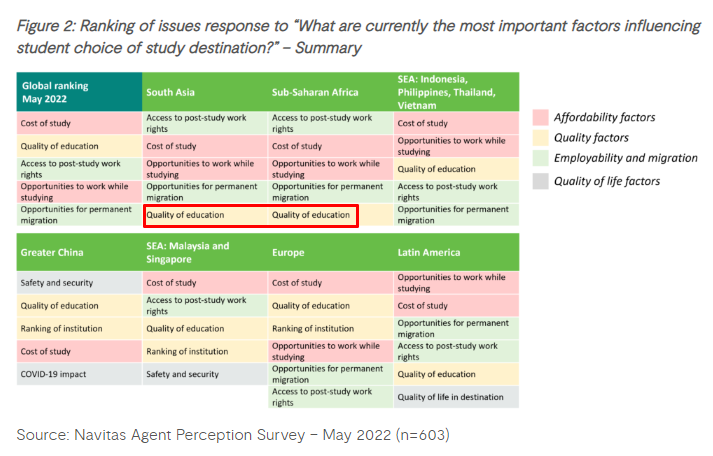India is aiming to produce 500 million graduates and undergraduates by 2035, and federal Education Minister Jason Clare says he is sure he speaks for Australian universities when he says Australia is keen to help India achieve its bold agenda.
Clare has been having ongoing discussions with his Indian counterpart Dharmendra Pradhan over boosting research collaboration and increasing the number of Indian students coming to Australian universities.
This comes as the higher education sector is lobbying Labor to expand work rights and permanent residency to entice more Indian students into Australia [my emphasis]:
The higher education sector is pushing Labor to lure thousands more Indian students with cheaper visas and easier working arrangements to secure the nation’s stake in a market set to produce 500 million graduates and undergraduates by 2035.
The number of Indian students granted a visa almost doubled between June and July, from just over 3000 to close to 6000…
Mr Clare said on Monday a “relatively small number of Indian students” studied in Australia, with 59,000 currently enrolled – 5500 of whom were offshore…
International Education Association of Australia chief executive Phil Honeywood… said Indian students needed clarity around migration pathways, which would incentivise them to study in Australia.
“Where we have skills in demand, we must make sure these students can be shown a nexus between the course they’re hoping to study and Australian citizenship,” he said.
The last statement by Phil Honeywood encapsulates the issue: the overwhelming majority of Indians come to Australia to study for work rights and permanent residency, not for education.
This was made abundantly clear by the latest survey of education agents by education company Navitas, which found that work rights and residency are the top concerns of South Asian students, whereas quality of education ranked last:

This followed a recent study by IDP Connect, which showed that the prime motivation for Indian students to study in Australia is to gain permanent residency and work rights:
IDP Connect’s New Horizons research shows international students consider migration incentives and employment opportunities when choosing where, what and how to study…
Wharton… said a key motivation for Indian students’ decision to study abroad include migration and face-to-face learning opportunities…
Wharton said if Australia can communicate a roadmap towards a large-scale return of international students, with clear pathways towards employment and migration outcomes, Australia could be in a good position to retain its status as a leading study abroad destination…
New Delhi-based education consultant Gauravdeep Bumra noted the same motivation:
“Most Indian students choose to study abroad, often at the cost of thousands of dollars, because they have a long-term goal of getting permanent residency, be it in Australia, Canada or the UK”.
“The day they open their borders, the student intake numbers will uptick…”
As has The Australian’s international education writer, Tim Dodd:
“Too many of the expanding numbers of students from India and the sub continent were in low quality, generic business courses, and hoping for permanent residency without having in-demand skills”.
Therefore, any move to lift Indian student numbers will necessarily require Australia to erode entry standards even further. Doing so would be deleterious for the long-run productivity and prosperity of Australia, which relies upon quality education and skills.
Rather than lowering the quality bar even further to boost numbers, Australia’s international education system should instead target a smaller intake of higher quality students by:
- Lifting entry standards (particularly English-language proficiency);
- Lifting financial requirements needed to enter Australia; and
- Removing the explicit link between studying, work rights and permanent residency.
These reforms would raise student quality, would lift export revenues per student, would improve wages and conditions in the labour market, and would reduce enrolment numbers to sensible and sustainable levels, in turn improving quality and the experience for local students.
Sadly, these reforms will never happen. If work rights and permanent residency were scaled back, the numbers of students arriving would collapse.
So, our policy makers will instead crater standards to entice as many ‘students’ into Australia as possible to fulfill the ‘Big Australia’ immigration policy.
Because that’s what our edu-migration, business and property rent-seekers demand.

